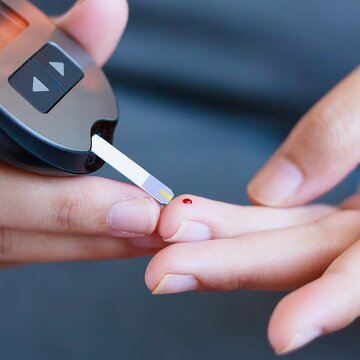Diwali means the festival of lights. In Bengali families, Bhoot Chaturdashi is celebrated with great fanfare the day before Diwali. It is believed that this day is celebrated to get rid of all the bad energies from the household. To maintain the flow of positive energy in the house, there is a tradition of lighting 14 lamps on this day. However, lamps are not only lit on Bhoot Chaturdashi. Lighting lamps almost every day during Diwali is considered auspicious. The question is, how many lamps should be lit on which day? Where should you place those lamps? Know those rules.
This year's Diwali is going to be celebrated on Tuesday, October 21. According to the amavasya tithi, Kali Puja and Dipanwita Lakshmi Puja are on Monday, October 20. Dhanteras is from the evening of October 18 to the evening of October 19. During this time, there is a custom of lighting a specific number of lamps each day. Each day also has its separate significance.
Although Hindu scriptures do not mention exactly how many lamps should be lit, according to local culture, family traditions and ancient customs, the practice of lighting a specific number of lamps on specific days is known.
Dhanteras is considered the first day of the 5-day Diwali festival. On this day, there is a tradition of lighting 13 lamps to invoke Lord Dhanvantari, Kubera the god of wealth, and Dhanalakshmi the goddess of prosperity in the house. It is believed that this also protects the house from evil forces.
Narak Chaturdashi, which is also known to many as Choti Diwali. On this day, there is a tradition of lighting 5 lamps. One lamp should be lit in the south direction as an offering to Yamraj. One on the east side of the house. One at the main entrance of the house. One lamp is offered to Ma Kali, the destroyer of evil. One is offered to Shri Krishna, the ninth avatar of Lord Vishnu, the protector of this creation.
Bhoot Chaturdashi is the day before Kali Puja. It is believed that on this day the doors of heaven and hell open. Our ancestors come and spend time with the family. On this day, there is a tradition of lighting 14 lamps. Some say these 14 lamps are dedicated to 14 deities. Some say these 14 lamps are offered to 14 entities like Kala, Dharmadev, and Yama.
Lighting lamps on Diwali night is also a must. On this day, make sure no corner of the house remains dark. At least 11 to 21 lamps must be lit. Mainly, in this case, lighting lamps in odd numbers is considered auspicious. However, many who perform puja at home light 108 lamps. This is also considered an auspicious number.
Remember, just lighting lamps is not enough. They have to be placed in the right places. These lamps should be placed in the prayer room of the house, at the main entrance, in the kitchen, at the tulsi platform or at the base of the tulsi plant, near the tap or where the water source is, in the bathroom, on the east side, and if there is an earthen stove in the house, there. Remember, according to Hindu scriptures, lighting these lamps is not just part of the ritual. It is a symbol of self-purification, self-awakening, and spiritual expression.











